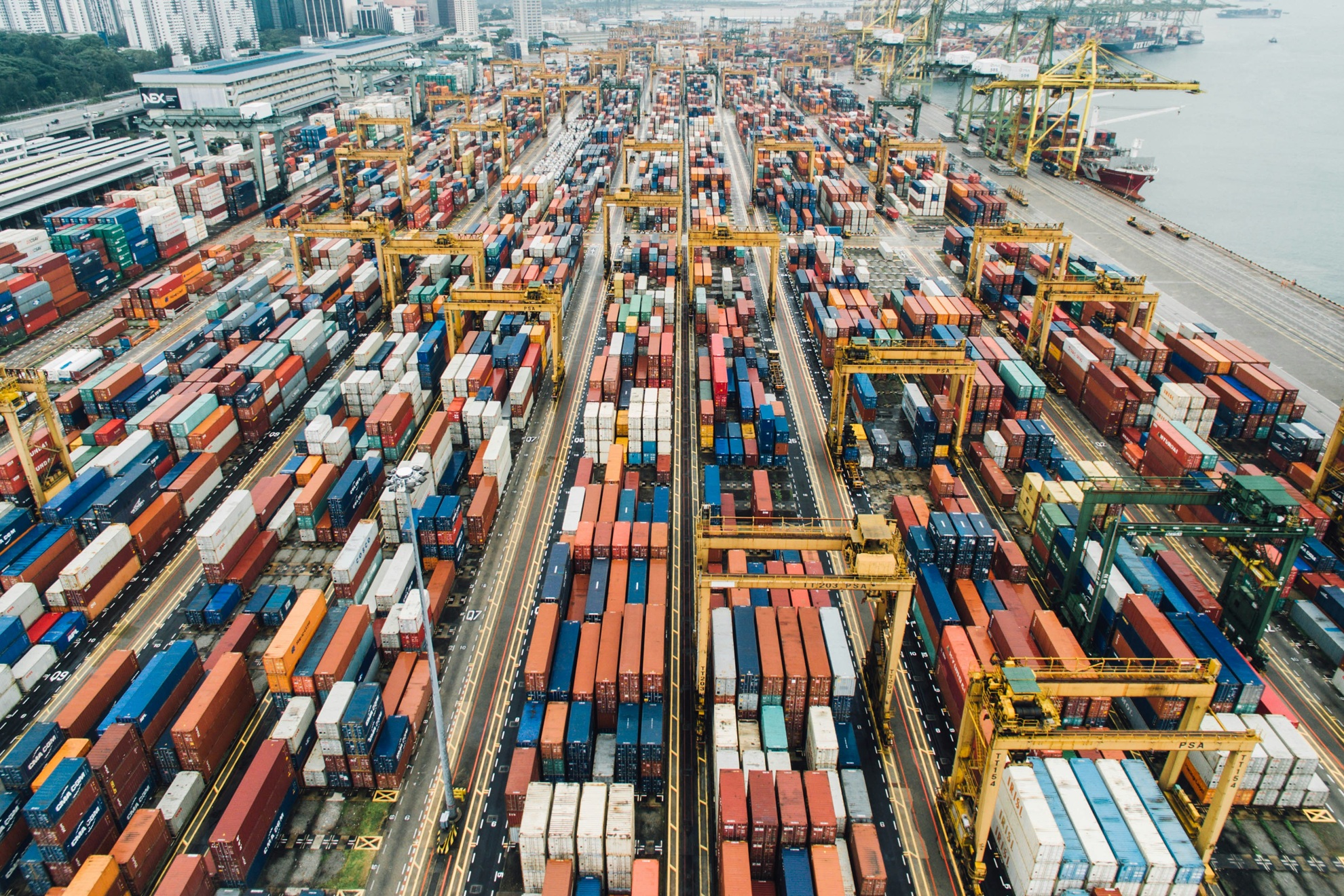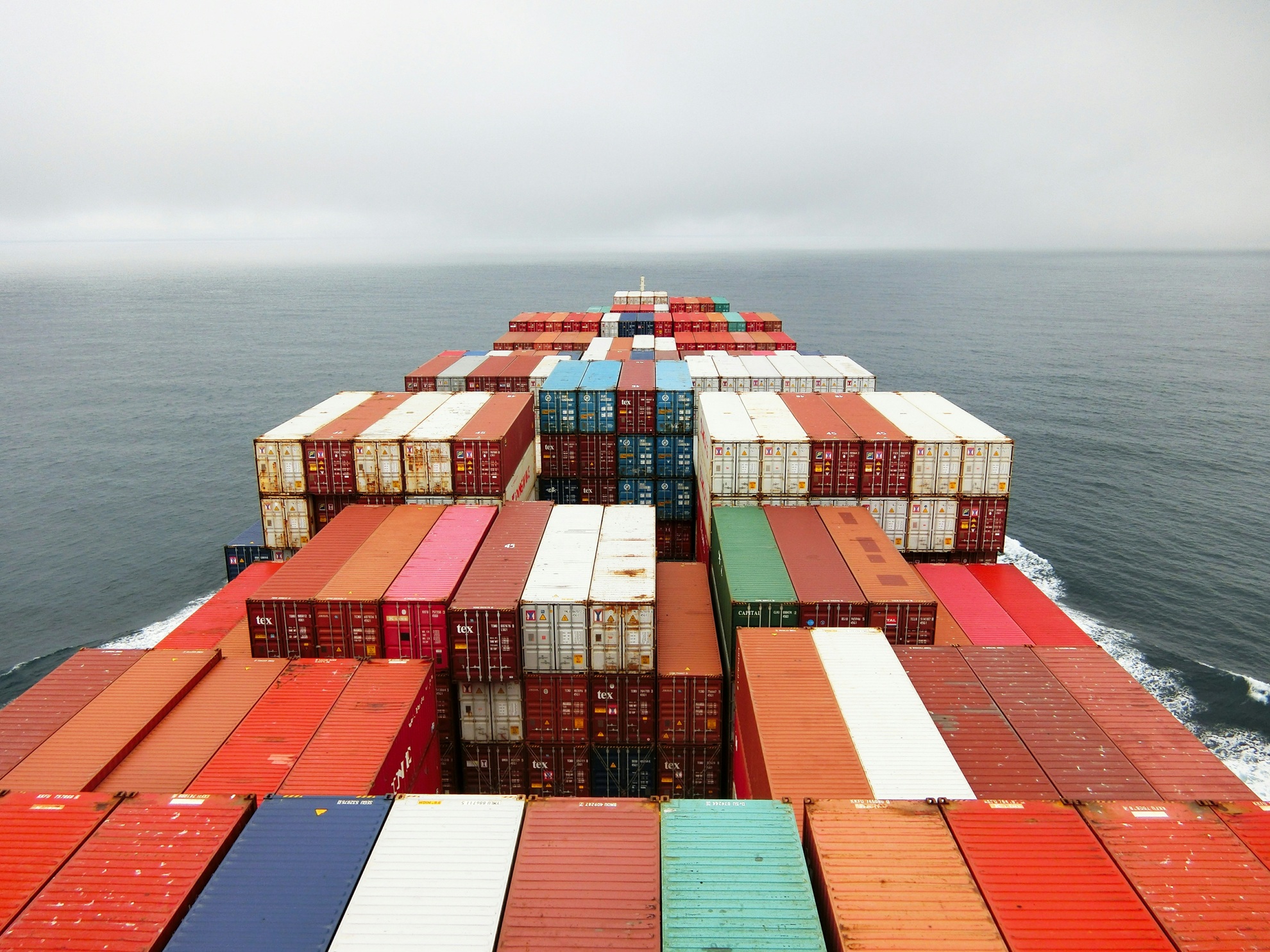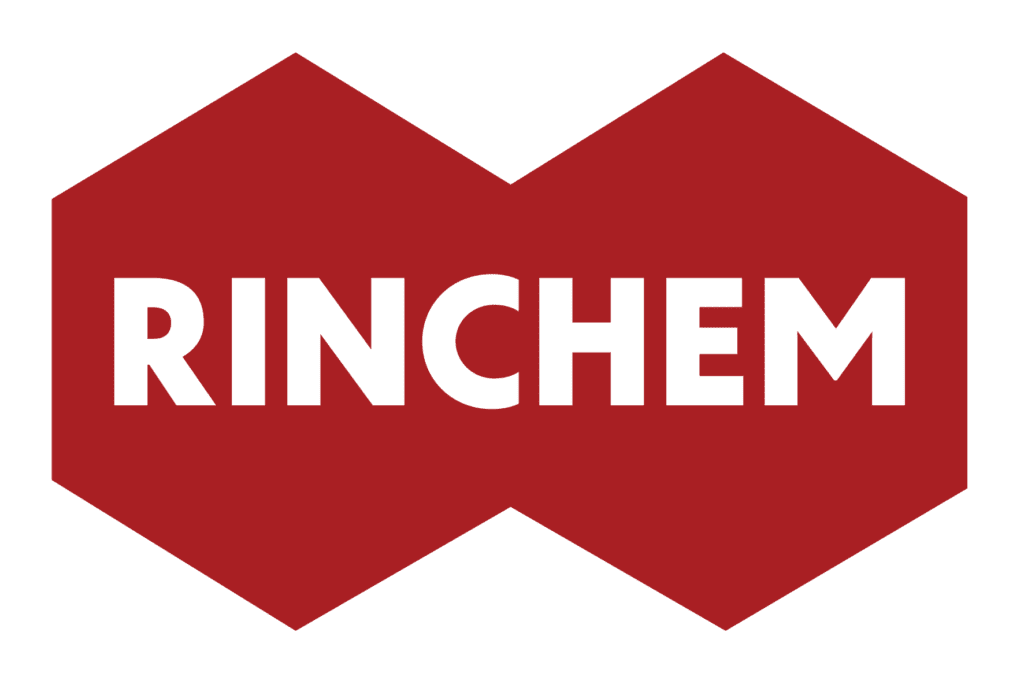Uncovering the Total Cost of Ownership
Introduction
The total cost of high purity chemical ownership is more than just raw materials. While managing over 5 billion pounds of pre-packaged, high purity chemicals and gasses annually, Rinchem has uncovered the true cost of ownership.
This White Paper, we will examine how Rinchem has leveraged its Buying Power, Global Network of Transportation and Total Materials Management System to:
- Minimize Costs
- Minimize Errors
- Minimize Supply Chain Issues

Life Cycle Costs of the Chemistry
Buying Power
Traditional model terms require each supplier to be responsible for the transportation cost of getting their material to the Fab. In this siloed approach, their price would fluctuate based on volumes, who the supplier uses, and logistics utilization. All of these costs would pass on to the Fab owners in the total price of the material.
Through our network, Rinchem reduces costs by leveraging the volumes of over 50 semiconductor chemical & gas manufacturers. In Rinchem’s model, the volume discounts are passed to the Fab.
Rinchem off ers over 200 of its assets plus a network of over 1,000 trucks dedicated to the semiconductor industry. Rinchem uses the volumes of its end-users and chemical manufacturers to drive down overall cost compared to a single manufacturer or supplier trying to control cost in this market.
Total Materials Management
In Rinchem’ s Total Materials Management, we can off er predictive analytics to manage consumption, forecast, and provide trends to avoid supply line disruptions. In combination with these off erings, we use this data to ensure proactive adjustments to ensure adequate space on vessels or trucks depending on the customers’ material needs. This prevents a supplier from shipping more volume than needed and avoids excess inventory, extended storage, potential expiration, and waste.
With Rinchem’ s Total Materials Management process, we are able to reduce wasted movements and costs by ensuring full containers or trailers are reloaded with empty trailers to support the reverse logistics.
REDUCTION
REDUCTION

Global Network of Transportation
Mirroring the US Trucking model, Rinchem utilizes its global volume to provide the lowest rates to its customers. A volume of over 20,000 TEUs shipped per year has resulted in Rinchem partnering with strategic steamship lines to secure dedicated space in key lanes so the end-users avoid the capacity crunch and spot market fluctuations. Rinchem has also used its buying power to help divert vessels and charter ships throughout the pandemic to avoid potential line down situations and to provide significant cost savings.
With Rinchem controlling all inbound and outbound freight to its end-users, Rinchem can ensure optimal container and truck utilization.
TRUCKING AVERAGE
AVERAGE
Conclusion
- Fewer Trucks & Shipments
- Fewer People to Manage
- Fewer Errors
- Higher Visibility
2. The Ins & Outs of Import/Export Success, Inbound Logistics, March 2022
3. Building Carrier Relationships That Withstand the Stress Test, Inbound Logistics, January, 2022,
